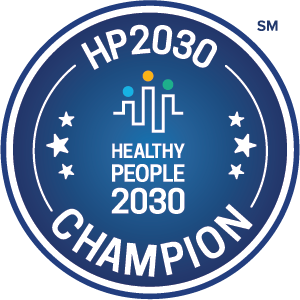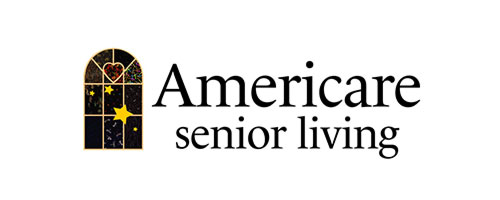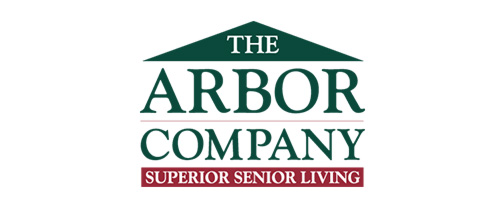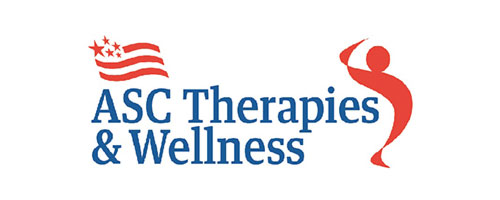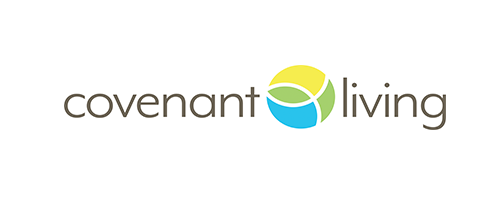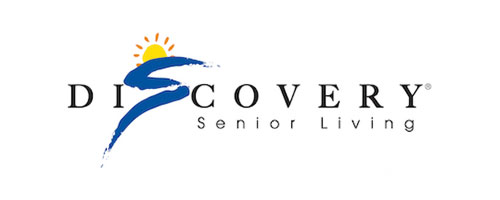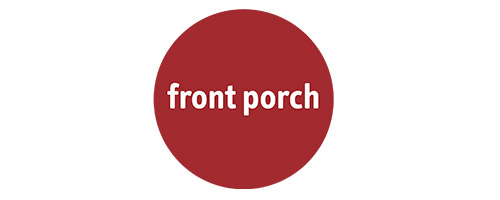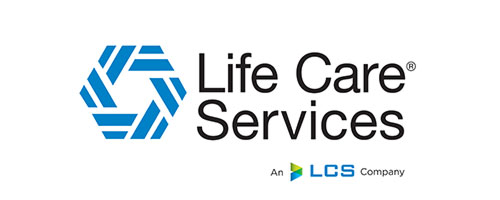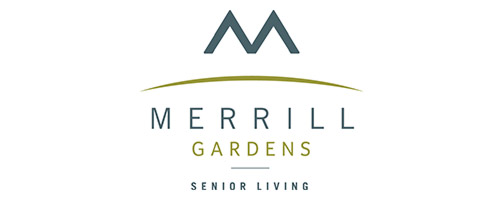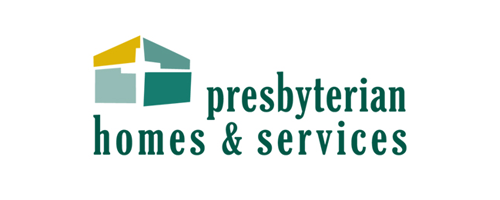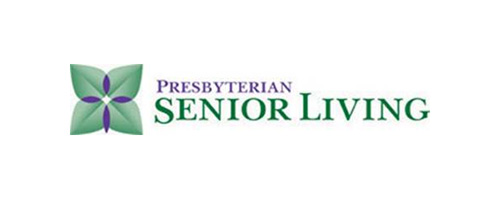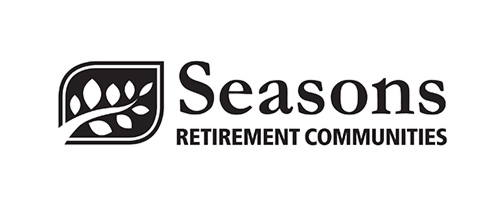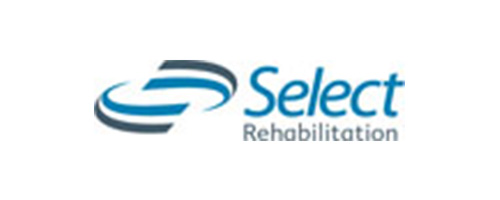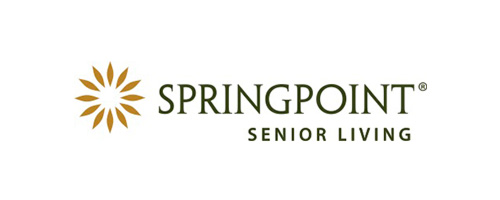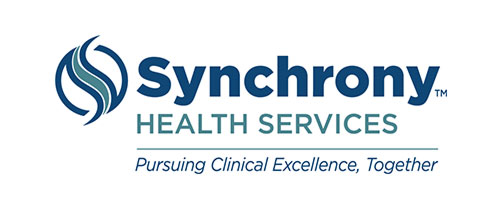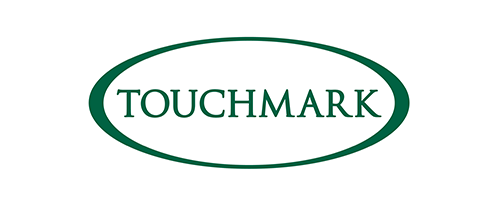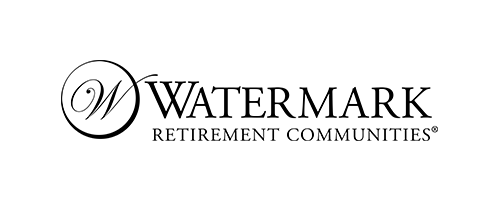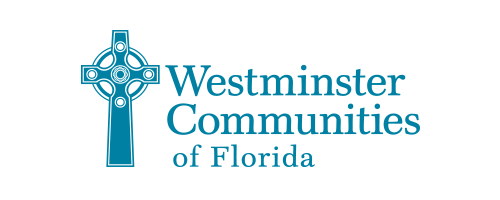New NEJM Perspective article highlights urgent need for widespread adoption of Fracture Liaison Services (FLS) to combat rising burden of osteoporosis-related fractures
FLS can deliver a return of $10.49 for every $1 invested, significantly improving patient outcomes
A new Perspective article published in the New England Journal of Medicine emphasizes the critical role of Fracture Liaison Services (FLS) in addressing the growing global burden of osteoporosis-related fractures, particularly hip fractures.
The World Health Organization has identified osteoporosis as a major global health issue because it poses significant risks of disability and premature death. Osteoporosis-related fractures are a leading cause of disability and long-term care needs for older adults, with hip fractures being particularly devastating. The Perspective reports that within the first 12 months following a hip fracture, mortality rates range from 14.4% to 28.3% for community-dwelling individuals and up to 55% for residents of long-term care facilities.
Designed to bridge the disconnect between acute fracture care and long-term osteoporosis management, FLS are specialized programs that ensure patients who suffer a fragility fracture are systematically identified, assessed, and treated to prevent future fractures. The article outlines four FLS models, which may include pharmacologic therapy, lifestyle modifications such as exercise and fall prevention education, and coordination between primary and specialty care providers. FLS programs have been shown to reduce the risk of secondary fractures by up to 74% in the first year and 32% in subsequent years.
Published in the January 4 New England Journal of Medicine Weekend Briefing newsletter, the Perspective highlights that FLS programs offer substantial financial benefits, delivering a return of $10.49 for every $1 invested. Healthcare systems like Kaiser Permanente, which have successfully implemented FLS, have reported significant reductions in fracture rates, underscoring the cost-effectiveness of this approach.
However, despite advancements in treatment, less than 20% of patients who experience fragility fractures receive the recommended pharmacologic treatments to strengthen bone and prevent further fractures. This gap underscores the importance of post-fracture care programs like FLS. Without intervention, the total number of hip fractures worldwide is expected to nearly double by 2050.
“The burden of fragility fractures on health care systems is substantial, demanding coordination across multiple specialties including primary care, geriatrics, orthopedics, and rehabilitation,” said Douglas P. Kiel, MD, MPH, a senior scientist at Hebrew SeniorLife’s Hinda and Arthur Marcus Institute for Aging Research. “Countries like the United Kingdom, Australia, and Japan already benefit by implementing FLS. The problem in the U.S. is the current lack of reimbursement for FLS-related services, which decreases the likelihood of health care institutions’ decision to invest in FLS offerings. This is really a missed opportunity for fracture prevention and improved patient outcomes.”
Ongoing advocacy efforts by organizations such as the American Society for Bone and Mineral Research and the Bone Health and Osteoporosis Foundation aim to secure Medicare reimbursement for FLS. This would allow health care providers to establish and sustain FLS programs, ultimately reducing the burden of osteoporosis-related fractures nationwide.
“Ensuring adequate financial coverage for FLS and coordinated advocacy by scientific societies, governments, and other stakeholders ultimately means that secondary fracture prevention may be achieved, which will benefit patients’ quality of life,” Dr. Kiel said.
This Perspective was a joint effort by lead author Nicola Napoli, MD, PhD, professor of endocrinology at Università Campus Bio-Medico di Roma, Italy; co-author Peter R. Ebeling, MD, head, Department of Medicine and School of Clinical Sciences at Monash Health, Faculty of Medicine, Nursing and Health Sciences, Monash University, Australia; and Dr. Kiel.
Do you have news to share?
The ICAA welcomes your news submissions. Please send your press releases to colinmilner@icaa.cc-the ICAA's email for submissions-and staff will consider your news for possible publication. Newsworthy topics include such things as center/community openings; initiative or campaign launches; announcements of awards, promotions or grants; and other topics of interest to active-aging professionals.
Share


